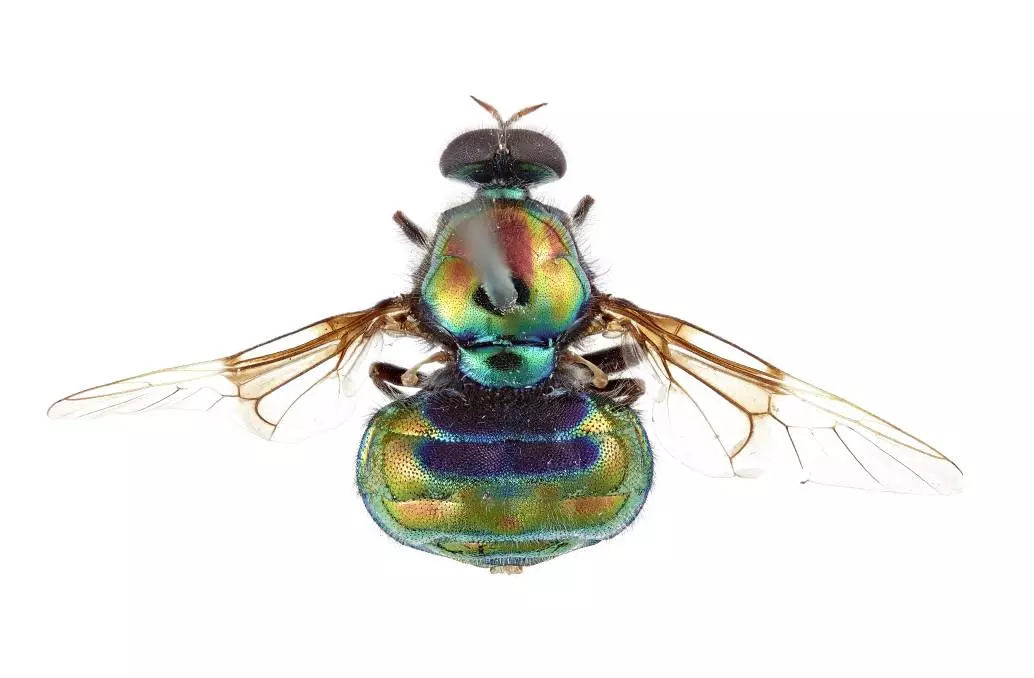
Scientists from the CSIRO have named a new species of soldier fly after the iconic drag queen Rupaul.
Known for turning incredible and colourful looks, the legendary performer's name has been written into the science books for the species now referred to as Opaluma rupaul.
This type of soldier fly is described as having 'iridescent colours', much like its namesake's ability to come dressed in some outrageous dresses, gowns and outfits.
Advert
It's hoped that by naming the fly after someone so iconic it will bring some much needed attention to it.

Postdoctoral Research Fellow with the National Research Collections Australia, Dr Bryan Lessard, said in a statement: "Many of the thirteen new soldier flies I named are from areas impacted by the Black Summer bushfires.
"Two of these, Opaluma opulens and Antissella puprasina, have now been recognised as endangered species under the International Union for Conservation of Nature Red List and are known only from Lamington National Park in Queensland, an area that was significantly burned in the bushfires.
Advert
"Soldier flies are valuable in the ecosystem. The larvae recycle nutrients from dead plants and animals, while adults are pollinators of some Australian plants."
In addition to the nod towards Rupaul, the scientists borrowed from Pokémon to name other newfound species.
Three 'hard-to-find' beetles have been named Binburrum articuno, Binburrum zapdos and Binburrum moltres after three 'hard-to-find' Pokémon Articuno, Zapdos and Moltres.
They also used a Digimon reference when naming a new cycad-boring weevil as Demyrsus digmon after the insectoid Digmon, who possesses the power of drilling and manipulating the earth.
Advert
Popularising these species with pop culture references will hopefully encourage citizen scientists to spend more time on them and find out their secrets.
Featured Image Credit: InstagramTopics: Australia